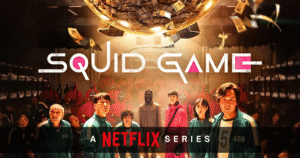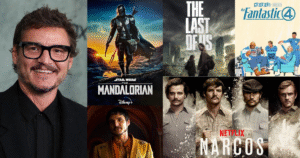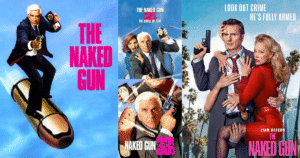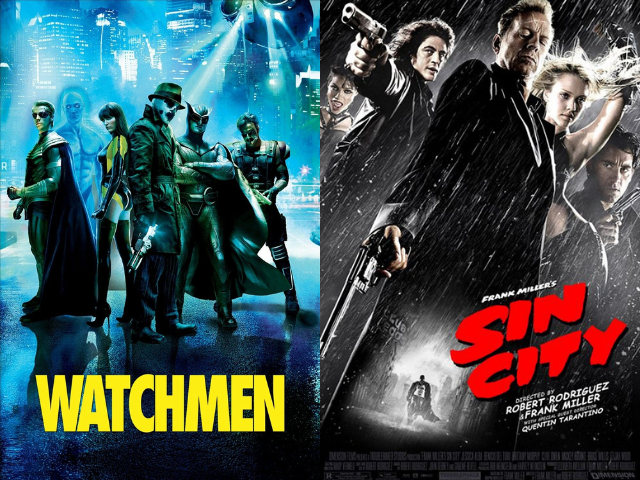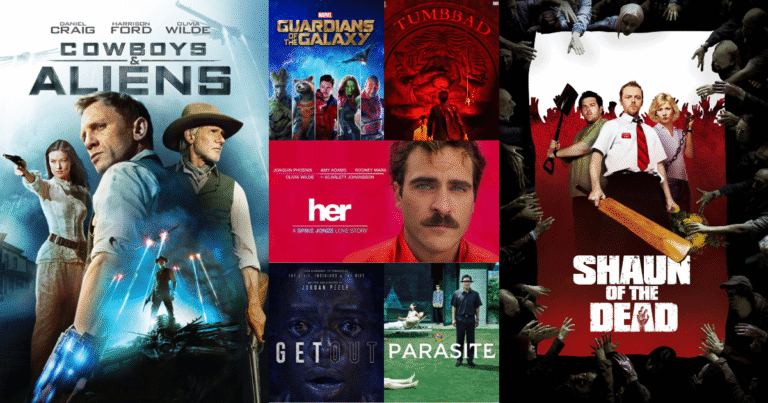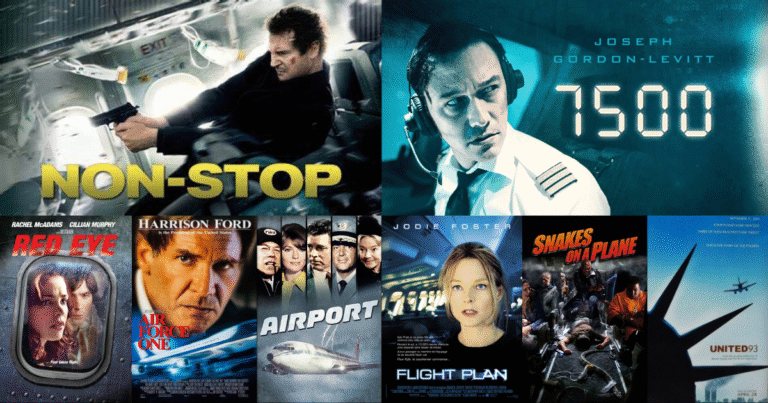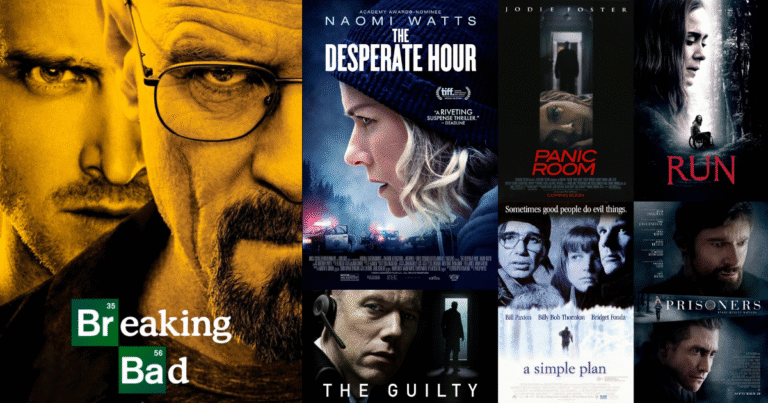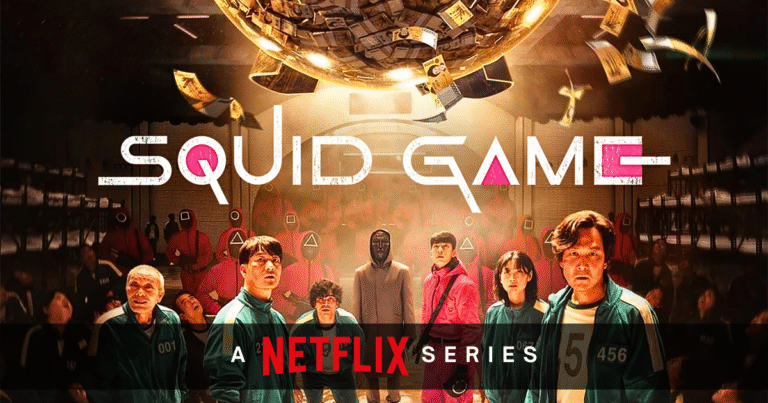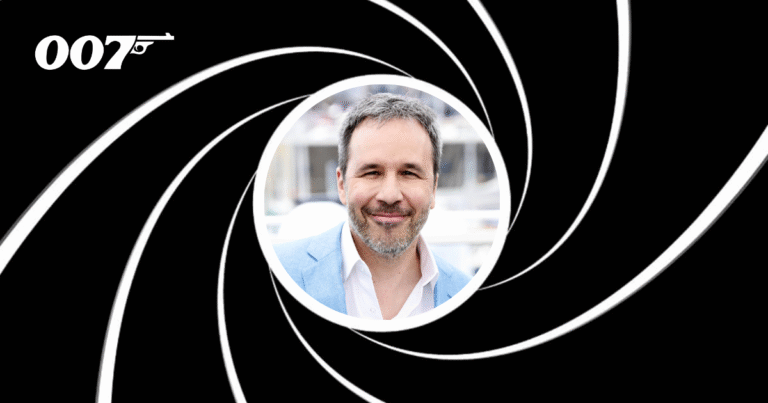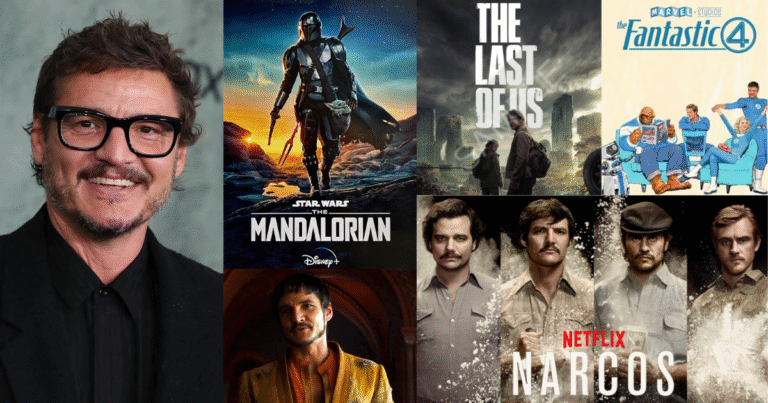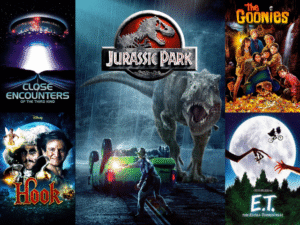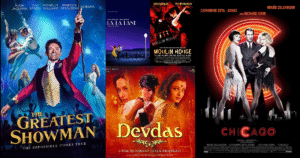Graphic novels have become a big part of modern movies. What started as colorful stories on paper is now filling big screens with action, emotion, and powerful characters. From superheroes to deep dramas, graphic novels are helping filmmakers tell exciting stories in fresh ways.
But what exactly is a graphic novel? It’s more than just a comic book. A graphic novel is a complete story told with pictures and words. Unlike short comic strips or monthly issues, a graphic novel has a beginning, middle, and end, just like a movie. These books mix artwork with storytelling and often explore serious themes like love, war, friendship, or even politics.
Over the years, many graphic novels have been turned into movies. Some stay true to the book, while others make changes for the big screen. Either way, graphic novels have had a huge impact on cinema. Let’s take a closer look at why these two worlds, books and movies, work so well together.
Why Graphic Novels Make Great Movies
Graphic novels are already visual. The way characters look, how scenes are framed, even how action unfolds, these are all drawn out by the artists. This makes them a natural fit for filmmakers, who also work in visuals.
When a director reads a graphic novel, they can already “see” the movie in their mind. It’s like having a storyboard ready. The images give filmmakers a clear guide for camera angles, colors, and even mood. This makes it easier to create scenes that look dramatic, stylish, or emotional.
Graphic novels also offer bold characters and strong stories. These stories often push boundaries, which makes them interesting for audiences. When turned into movies, they can bring something different from typical Hollywood scripts.
Famous Movies Based on Graphic Novels
Let’s talk about some popular movies that began as graphic novels:
1. Sin City (2005)
Directed by Robert Rodriguez and based on Frank Miller’s graphic novel, Sin City is known for its black-and-white look with sharp pops of color. The movie kept the same visual style as the book. This made it feel like you were watching a comic book come to life. The film told different stories set in a dark, crime-filled city. It stood out for its gritty tone and stylized action.
2. 300 (2006)
Another graphic novel by Frank Miller, 300 was turned into a visually stunning film by Zack Snyder. It told the story of 300 Spartans who fought a huge Persian army. The film used slow motion, dramatic lighting, and powerful visuals to match the style of the book. Audiences loved its look and energy.
3. V for Vendetta (2005)
This film, based on a graphic novel by Alan Moore and David Lloyd, tells the story of a masked man fighting against a cruel government. The movie became famous for its deep message about freedom and protest. It mixed action with political ideas and inspired people all over the world. The mask from the movie is now a symbol used in real-life protests.
4. Watchmen (2009)
Watchmen is one of the most famous graphic novels ever written. It explores what happens when superheroes are real, but broken and flawed. The film version kept many of the book’s complex ideas and characters. It was darker and more thoughtful than most superhero movies.
5. Persepolis (2007)
Not all graphic novels are about action. Persepolis is a touching story about a girl growing up during the Iranian revolution. The movie, like the book, is animated in black and white. It talks about family, freedom, and identity. It shows how graphic novels can tell personal, emotional stories too.
Why Fans Love Graphic Novel Adaptations
Fans of graphic novels love seeing their favorite stories come to life. They already feel connected to the characters, so watching them on screen is exciting. When a movie stays true to the book’s style and story, fans feel respected. They enjoy noticing the little details that match the original drawings.
However, not all fans are happy when changes are made. Sometimes directors change the ending, remove characters, or shift the focus. This can upset people who love the book. Still, many fans understand that movies and books are different formats. What works in a graphic novel might not always work on screen.
How Movies Are Changing Graphic Novels
The relationship goes both ways. Just as graphic novels inspire movies, movies also bring new fans to the books. After a film is released, people often go back and read the original graphic novel. This helps artists and writers get more attention and sell more copies.
Some movies even lead to new graphic novels being written as sequels or prequels. For example, the success of Star Wars films led to many graphic novels being created to expand the universe. This blending of books and movies helps both industries grow.
More Than Superheroes
When people think of graphic novels, they often think of superheroes like Batman, Spider-Man, or Iron Man. While those are great, the world of graphic novels is much bigger. There are stories about love, history, war, mystery, and everyday life.
Movies like Ghost World, Road to Perdition, and A History of Violence show this variety. These films are based on graphic novels that deal with real-life issues and emotional depth. They prove that comic-style books are not just for kids or fans of action, they are for everyone.
The Future of Graphic Novels in Movies
The success of movies based on graphic novels means we’ll likely see more of them. With streaming services and studios looking for fresh content, graphic novels are a great source. They offer unique voices, bold artwork, and ready-made fan bases.
New technology like virtual reality and 3D effects also means these stories can be told in even more exciting ways. Filmmakers are always finding new ways to blend comic-style visuals with live-action or animation.
Final Thoughts
Graphic novels and movies are a perfect match. Both use pictures and stories to connect with audiences. When done well, a film adaptation of a graphic novel can be powerful, moving, and unforgettable.
Whether you love superhero battles, quiet life stories, or action-packed adventures, there’s a graphic novel-based movie out there for you. And if you enjoy the film, you can always go back and read the book to get even more from the story.
So the next time you see a movie based on a graphic novel, remember that it began with ink and paper—and a big idea.
